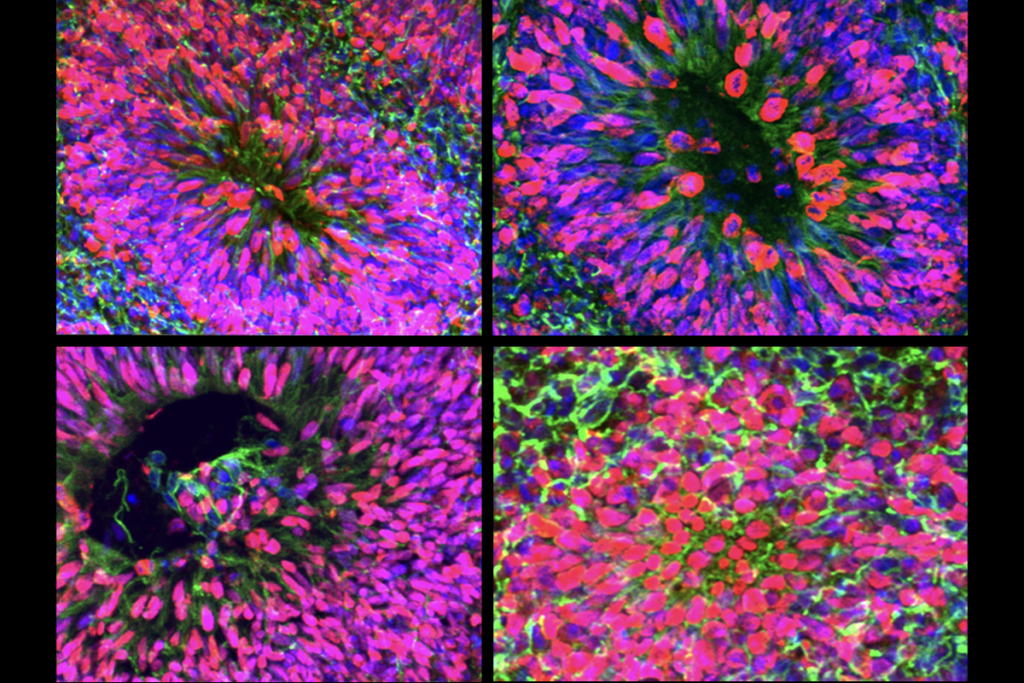Janet McLaughlin is an Associate Professor of Health Studies and a Research Associate with the International Migration Research Centre at Wilfrid Laurier University. She is an interdisciplinary scholar trained in medical anthropology, with interests in the areas of global and environmental health, food systems, labour, social justice, citizenship, transnational migration and the social impacts of autism. Her research and publications have focused on various areas of migrant workers’ health, rights and well-being, including: access to health care and workers’ compensation; women’s experiences of gender-based violence; occupational, mental, sexual and reproductive health; social determinants of health; and the impacts of separation on migrant families. She is co-founder of the Migrant Worker Health Project, www.migrantworkerhealth.ca, which promotes accessible health care for migrant workers. Dr. McLaughlin is currently researching autism policy and family impacts in Ontario.
Janet McLaughlin
From this contributor
Changes to Canada autism program could do more harm than good
The Ontario, Canada, government recently announced its intentions to overhaul the Ontario Autism Program, but the changes could leave autistic children without supports.

Changes to Canada autism program could do more harm than good
Explore more from The Transmitter
New organoid atlas unveils phenotypic signatures of multiple neurodevelopmental conditions
The comprehensive resource details data on microcephaly, polymicrogyria, epilepsy and intellectual disability from 352 people.

New organoid atlas unveils phenotypic signatures of multiple neurodevelopmental conditions
The comprehensive resource details data on microcephaly, polymicrogyria, epilepsy and intellectual disability from 352 people.
Can neuroscientists decode memories solely from a map of synaptic connections?
Five experts discuss the progress, possibilities and hurdles of decoding a “nontrivial” memory from an organism just by analyzing its brain connectivity patterns.
Can neuroscientists decode memories solely from a map of synaptic connections?
Five experts discuss the progress, possibilities and hurdles of decoding a “nontrivial” memory from an organism just by analyzing its brain connectivity patterns.
AI-assisted coding: 10 simple rules to maintain scientific rigor
These guidelines can help researchers ensure the integrity of their work while accelerating progress on important scientific questions.

AI-assisted coding: 10 simple rules to maintain scientific rigor
These guidelines can help researchers ensure the integrity of their work while accelerating progress on important scientific questions.